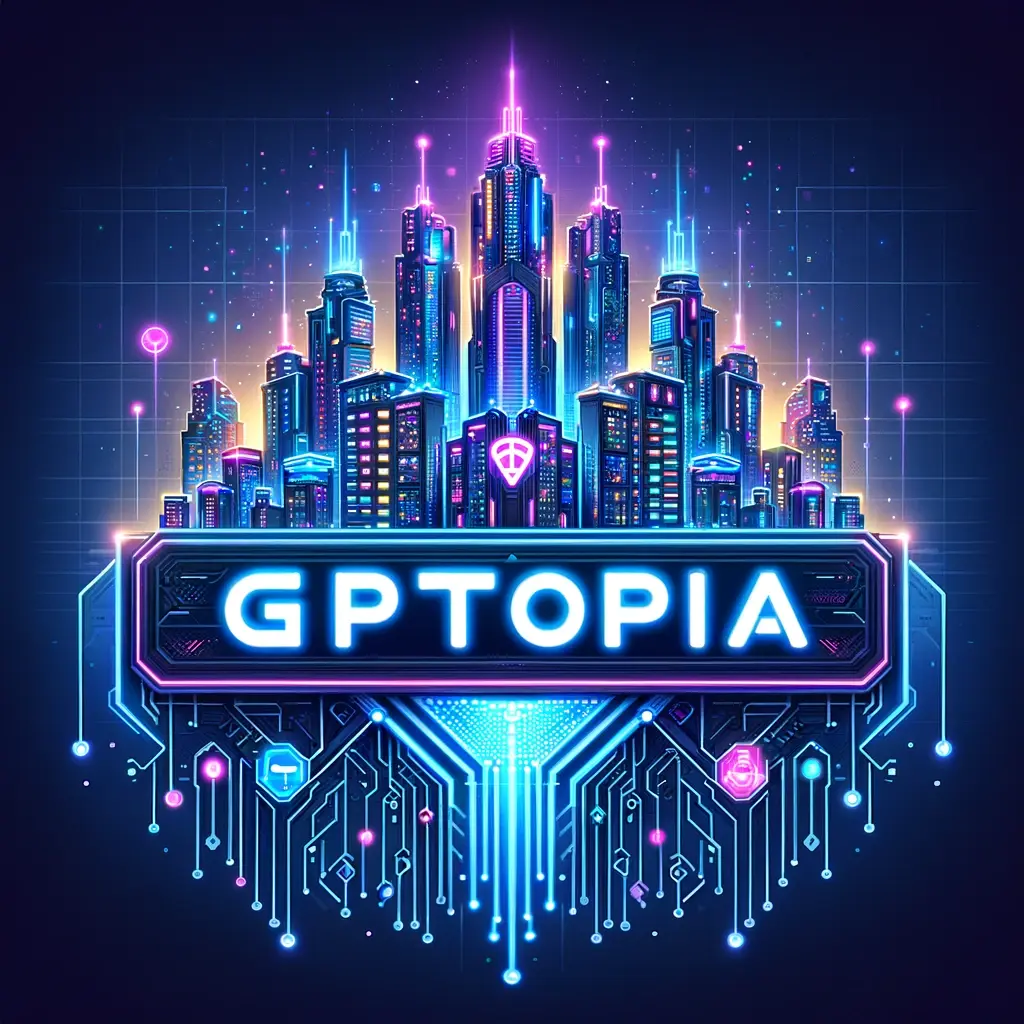complete article index can be found at
https://ideabrella.com/papers/articles
Time ⌚👀 in the Metaverse
Navigating Time in the Metaverse: A New Dimension of Temporal Experience
As our digital experiences evolve into immersive realms known as the metaverse, the concept of time is undergoing a profound transformation. In virtual spaces where physical constraints fade, time becomes a fluid and customizable construct. From the International Space Station’s (ISS) unique timekeeping practices to the coordination of Zulu time, circadian rhythms, and the manipulation of virtual environments, time in the metaverse is both a challenge and an opportunity.
The Relativity of Time: Lessons from the ISS and Zulu Time
Timekeeping on the ISS
The International Space Station orbits Earth every 90 minutes, experiencing 16 sunrises and sunsets each day. Traditional 24-hour time cycles become meaningless in such an environment. To maintain consistency, the ISS uses Coordinated Universal Time (UTC), a time standard not bound to any specific time zone. This system allows international collaboration without the confusion of converting between various terrestrial time zones.
In the metaverse, similar challenges arise. Virtual spaces may host users from every corner of the globe, necessitating a standardized time system for coordinated activities. Using a universal time standard akin to UTC could streamline interactions, ensuring that virtual meetings, events, and experiences occur seamlessly regardless of participants’ physical locations.
The Role of Zulu Time
Zulu Time, synonymous with UTC, is heavily utilized in aviation, military operations, and other global activities requiring precise coordination. It eliminates the ambiguity of local times, providing a singular reference point for global operations.
In the metaverse, Zulu Time could serve as a universal clock, particularly in shared environments like virtual conferences, multiplayer games, and digital marketplaces. Establishing a consistent temporal framework would enhance user experience, reduce scheduling conflicts, and foster a sense of unity across diverse digital communities.
Circadian Rhythms in Virtual Worlds
Circadian rhythms, the natural cycles regulating our sleep, energy levels, and overall well-being, are anchored in Earth’s 24-hour light-dark cycle. However, in the metaverse, these rhythms can be manipulated or even disregarded entirely.
Impact on User Well-being
Spending extended periods in virtual environments can disrupt natural circadian rhythms, potentially leading to fatigue, sleep disturbances, and decreased cognitive function. Developers must consider these physiological effects, designing virtual spaces that support healthy temporal habits. Implementing cues like gradual lighting changes, reminders for breaks, and virtual ‘sunsets’ could help users maintain their natural cycles.
Redefining Day and Night
Unlike Earth, where day and night are dictated by planetary rotation, virtual worlds offer the flexibility to redefine these cycles. Virtual environments can feature perpetual daylight for productivity or eternal night for nightlife and entertainment.
For instance:
Virtual Clubs and Casinos: These spaces often adopt a nocturnal ambiance to create an exciting, indulgent atmosphere. The absence of natural light encourages users to lose track of time, mirroring the strategy used in physical casinos to keep patrons engaged longer.
Educational and Workspaces: Simulated daylight and structured time cycles can enhance focus and productivity, supporting activities that benefit from a traditional day-night rhythm.
The ‘Sun’ in Virtual Environments
In physical reality, the sun dictates time, providing the cues for day and night. However, in the metaverse, the sun is a programmable entity, manipulated to suit various experiences and environments.
Dynamic Lighting and Temporal Experiences
Virtual suns can rise and set in mere minutes or linger in the sky indefinitely, creating unique temporal experiences. In multiplayer games, a fast-moving day-night cycle can enhance immersion, while in social VR spaces, a slower progression may foster extended interaction and community building.
Seasonal Changes and Environmental Storytelling
Virtual worlds can incorporate seasonal changes independent of real-world seasons. This flexibility allows creators to craft narratives and experiences that reflect or counteract users’ physical surroundings, offering a refuge from harsh winters or a taste of autumn in tropical climates.
Social Synchronization and Time
Time in the metaverse is also a social construct, influencing how communities interact and synchronize. Events like concerts, art shows, and festivals can occur at any time, often ignoring traditional temporal boundaries.
Temporal Flexibility and Accessibility
By decoupling from real-world time zones, the metaverse offers unprecedented accessibility. Users can attend events at convenient times, irrespective of their physical location. This flexibility democratizes access, allowing global participation without the barriers of time zone differences.
Creating Shared Temporal Realities
Despite the flexibility, shared experiences often require synchronized timing. Virtual event organizers may use countdowns or standardized times (e.g., Zulu Time) to gather participants simultaneously, fostering a sense of communal presence and shared experience.
Designing Time-Aware Virtual Environments
Adaptive Temporal Interfaces
Designers can create adaptive temporal interfaces that respond to users’ real-world time zones and schedules. These interfaces might suggest appropriate activities based on local time, such as quiet spaces for relaxation in the evening or energetic environments during the day.
Personalized Temporal Settings
Users could customize their temporal experience, choosing how fast or slow time passes in their personal virtual spaces. This personalization allows for tailored experiences, such as accelerating time for meditative growth simulations or slowing it down for extended creative sessions.
Future Directions: The Economics of Virtual Time
As the metaverse continues to expand, the concept of time as a commodity will likely emerge. Similar to the idea of Temporal Exchange, where hours of work are traded on an open market, virtual time could become a valuable asset. Users may purchase accelerated time for faster achievements or sell their presence in popular virtual spaces.
The commodification of virtual time opens new economic models and opportunities, redefining how we perceive value in digital environments. This concept not only challenges traditional notions of labor and productivity but also paves the way for innovative business models in the metaverse.
Conclusion: Embracing Temporal Fluidity in the Metaverse
The metaverse presents a unique opportunity to reshape our relationship with time. By drawing inspiration from real-world systems like the ISS and Zulu Time and integrating them with virtual dynamics, we can create inclusive, engaging, and time-aware digital landscapes. As we venture deeper into these virtual realms, understanding and mastering the flow of time will be crucial in crafting enriching, sustainable, and innovative metaverse experiences.
As we explore these possibilities, one question remains: How will you spend your time in the metaverse, and what value will it hold? For those interested in the economic implications of time, consider delving into the concept of Temporal Exchange, where time itself becomes a tradable commodity, revolutionizing our understanding of work and value in both physical and digital worlds.









